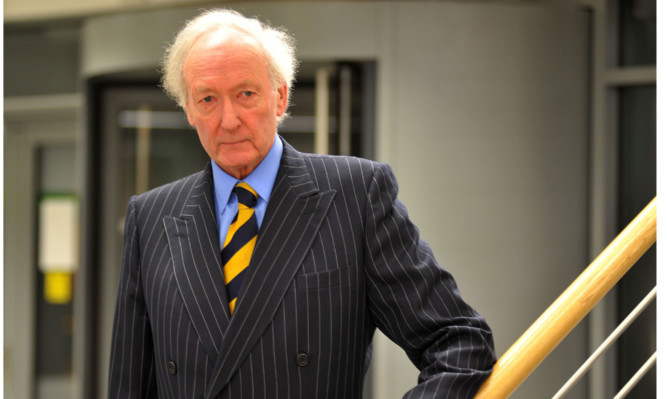Fife is being used as a guinea pig for controversial plans to ignite subsea coal seams as a way to keep Britain’s lights on.
That is the claim from people worried by the proposal amid revelations a planning application could be lodged within months to carry out the process on the Firth of Forth.
Oil baron Algy Cluff hopes to revolutionise the UK’s energy provision by tapping into coal reserves beneath the sea bed using a system known as underground coal gasification (UCG).
The technique involves drilling a 12-inch vertical borehole into a coal seam below the sea bed, flushing it with oxygen and igniting it with a burner. However, it is largely untested and has never been attempted offshore.
Mr Cluff’s firm, Cluff Natural Resources, has been granted licences for eight sites around Britain but said its first project would probably be in the Firth of Forth.
The company has licences for areas off Largo Bay and Kincardine and is actively looking at sites on which to build the initial complex.
He believes the process could eventually replace conventional gas and avert a new energy crisis.
However, Councillor Tom Adams, chairman of Levenmouth area committee, said: “This has never been tried before so Fife will be a guinea pig.
“What we really need is information before it comes before the planning authority and if it does go ahead, we need to have very strong guidelines in position.
“Fife Council needs to be able to stop it if something goes wrong.”
Three or four sites are being pursued and talks have been held with potential partners and customers for the gas, including Ineos, which owns the Grangemouth petrochemical plant on the other side of the Forth.
A recent report for the Australian Government, where three pilot UCG projects are ongoing, said more work was needed to provide appropriate rules and regulations.
However, Mr Cluff said early attempts at the process were decades old and it was now much safer.
Scottish Labour MSP Claire Baker has raised concerns about UCG in Parliament.
She said: “We cannot see the Fife coast used as a test bed, particularly with the threat of pollution. We need to be fully aware of the dangers carried by UGC.”
Picture by George McLuskie
